ANSWERED QUESTION
What are the best historical markers around ABQ?
One early question we received as part of our Curious New Mexico project asked about the best historical sites around the Duke City. News Port reporters Derrick Toledo and E.R. Mixon scoped out several of the sites along Central Avenue near UNM, Downtown and Barelas and then spoke to history professionals.
The sites are ranked in order of importance according to the group of professionals with whom the reporters spoke.
5. Route 66
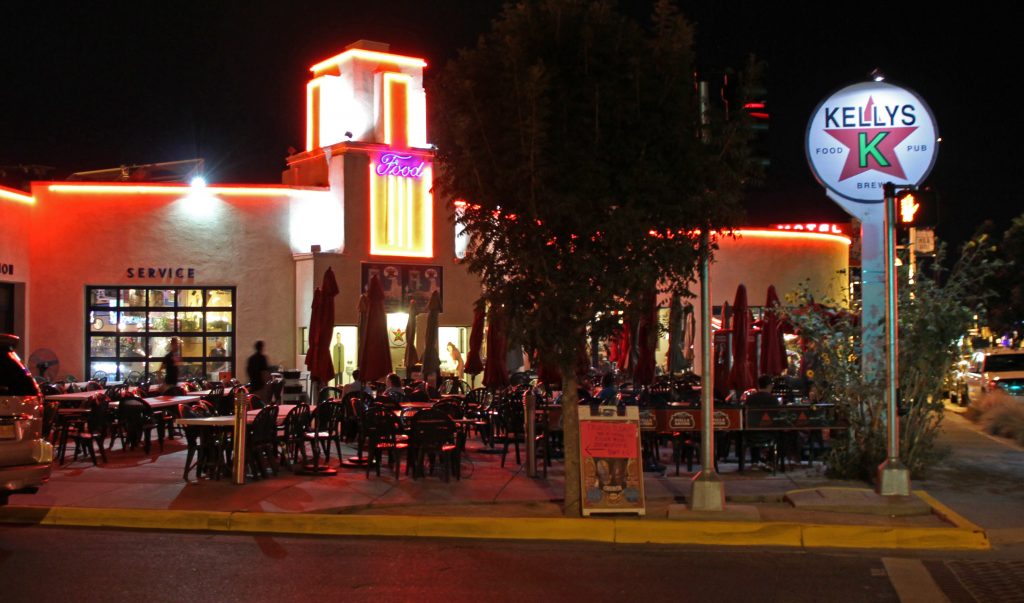
Ricardo Gonzales, a graduate assistant in the UNM Department of History said Route 66 is a key part of history, and not just for New Mexico.
“Now we’re becoming aware of our history of how Route 66 was really important not just for New Mexico but also national history… Albuquerque has done a lot recently to say ‘hey you know this is Route 66’ and they’re taking advantage of that history and promoting it to people who come into the state,” Gonzales said.
Route 66 runs along Central Avenue in Albuquerque, although an earlier route ran along 4th Street.
Along Central, artful motel signs have been preserved even as many of the motels have not. The Nob Hill area is especially full of historic Route 66 buildings including the Nob Hill Business Center, Kelly’s Brew Pub, originally a 1939 service station, and the De Anza Motor Lodge, which is under reconstruction.
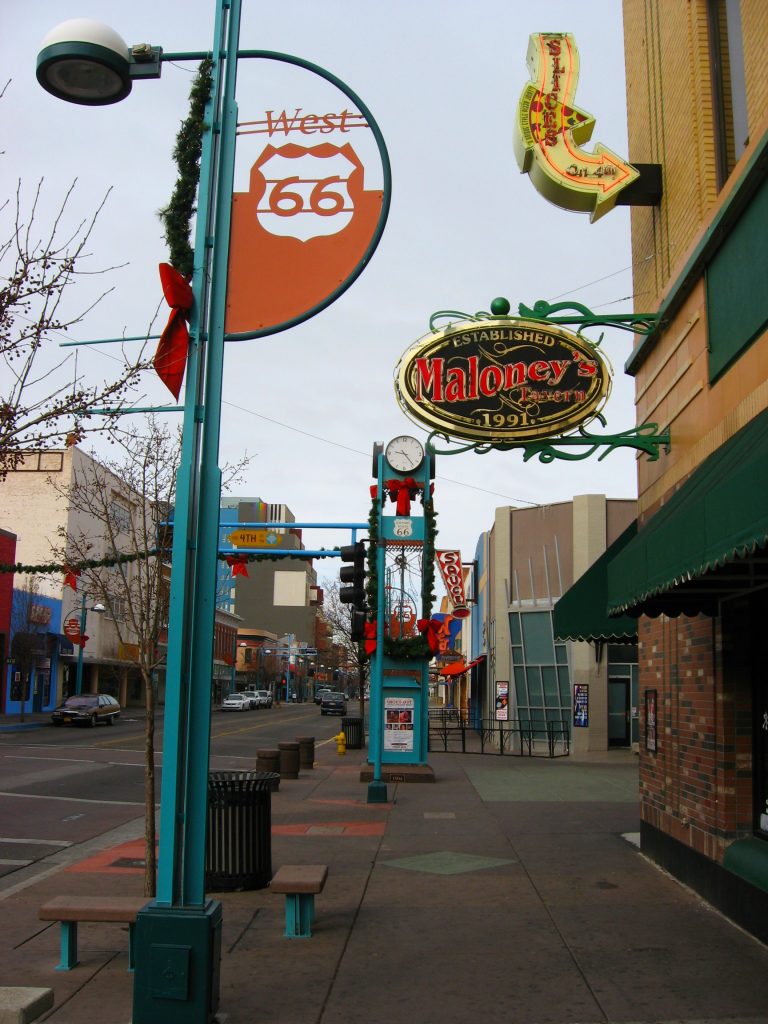
4. Santa Fe Railway Shops aka Albuquerque Rail Yards
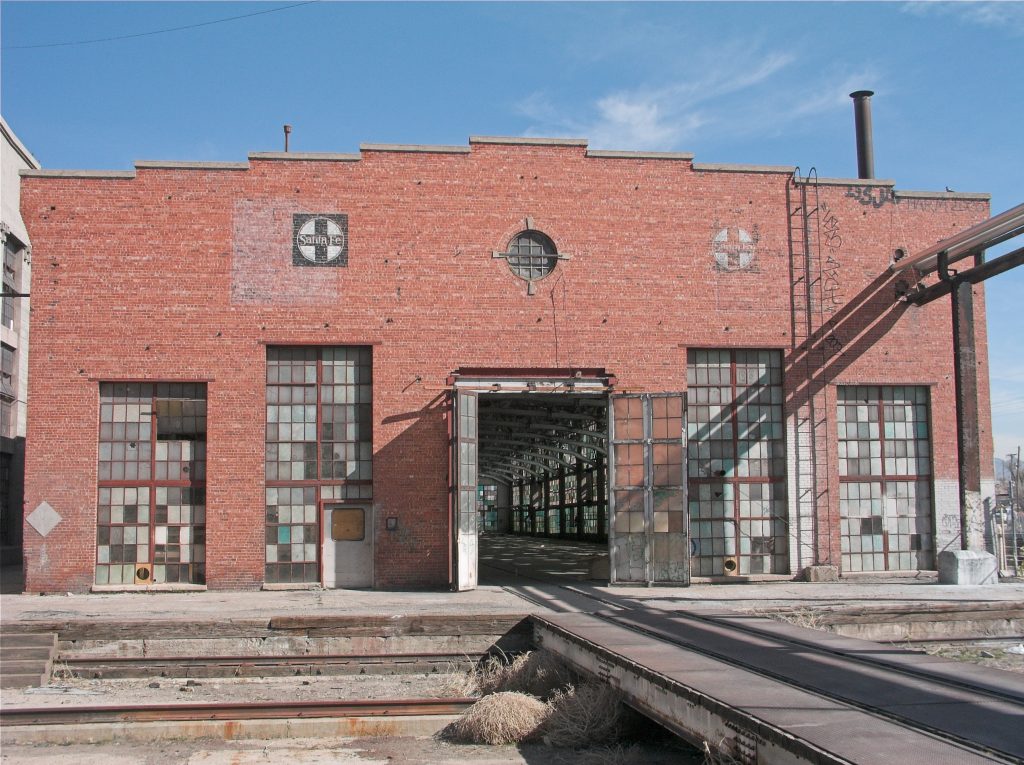
A large complex of buildings varying in style, Albuquerque’s Rail Yards show an architectural evolution from brick and mortar to glass and metal. Opened in the 1880s, the surviving buildings date from 1915 to 1925 and are the embodiment of the industrialization of the West.
Joe Sabatini, secretary of the Albuquerque Historical Society, said the Rail Yards is a must-see historic location.
“When the railroad arrives in 1880 the modern history of Albuquerque begins,” he said.
“You have a classic western city developing because the railroads decided to put their locomotive shops here,” Sabatini said.
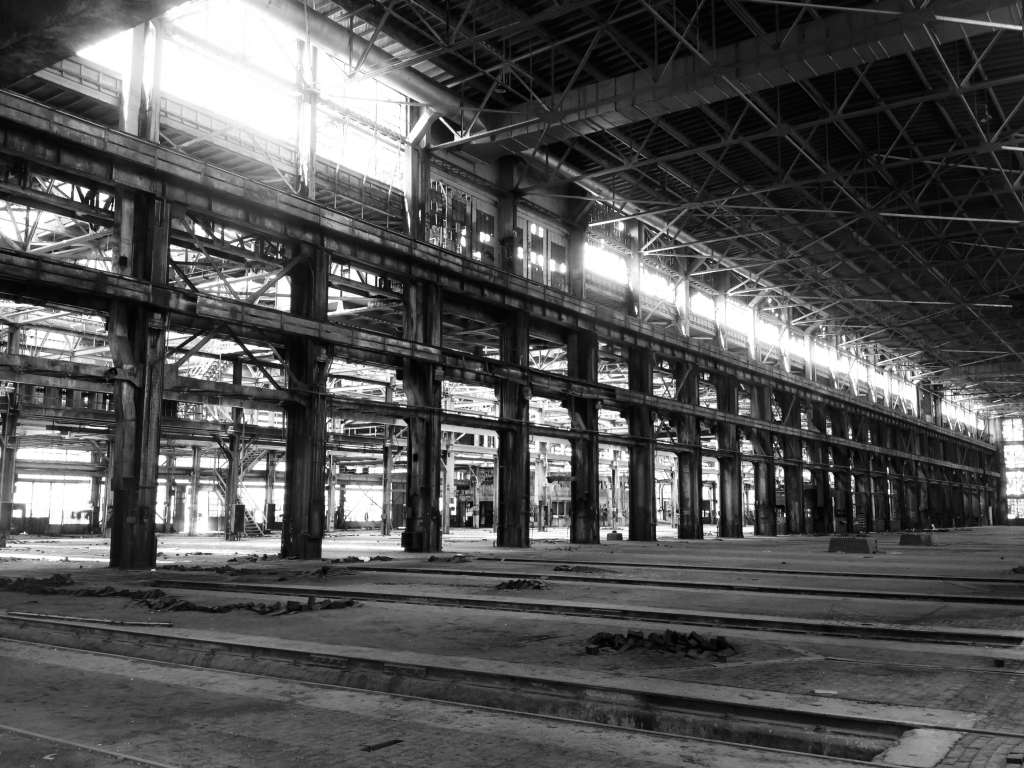
When the Santa Fe Railroad put its shops here, Albuquerque transformed into a wild West boom town built up along the tracks. In only a short time, the railroad industry took over the city.
New businesses that imported cheap lumber quickly sprung up along the railroad. While there is not much left of the original buildings that were associated with the coming of the railroad to Albuquerque, the Rail Yard is the perfect window into that fifty- to sixty- year period when the railroad was the top employer in Albuquerque.
“The city’s attempt now to renovate that is very important,” Sabatini said.
3. Old Town Plaza
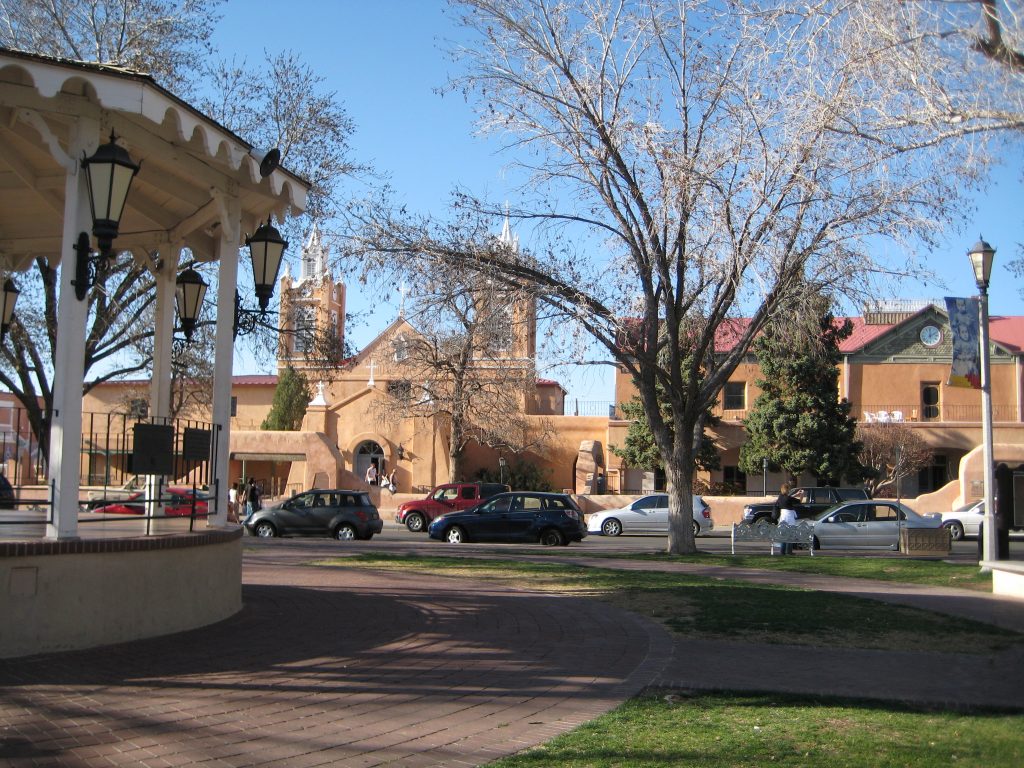
Old Town Plaza was settled in 1706 by the people who came after the Pueblo Revolt. The revolt of 1680, led by Popé, marked the dramatic end of Spain’s first attempt to colonize New Mexico. The revolt was the most successful Native uprising in the West, which allowed independence for a dozen years.
It is now one of the top tourist attracts in the state, but one historian said there’s an important fact many visitors don’t know.
“People are walking around, unknown to them, that there’s hundreds of bones, of basically my ancestors (and) a lot of local people. People forget that there’s a what we call a camposanto, a burial ground. It’s a tourist place but sometimes it seems there should be more reverence in my opinion. See the place as a spiritual and holy place, not just a place to visit,” said Samuel Sisneros, archivist for the Center of Southwest Research at the University of New Mexico
2. San Felipe De Neri Church
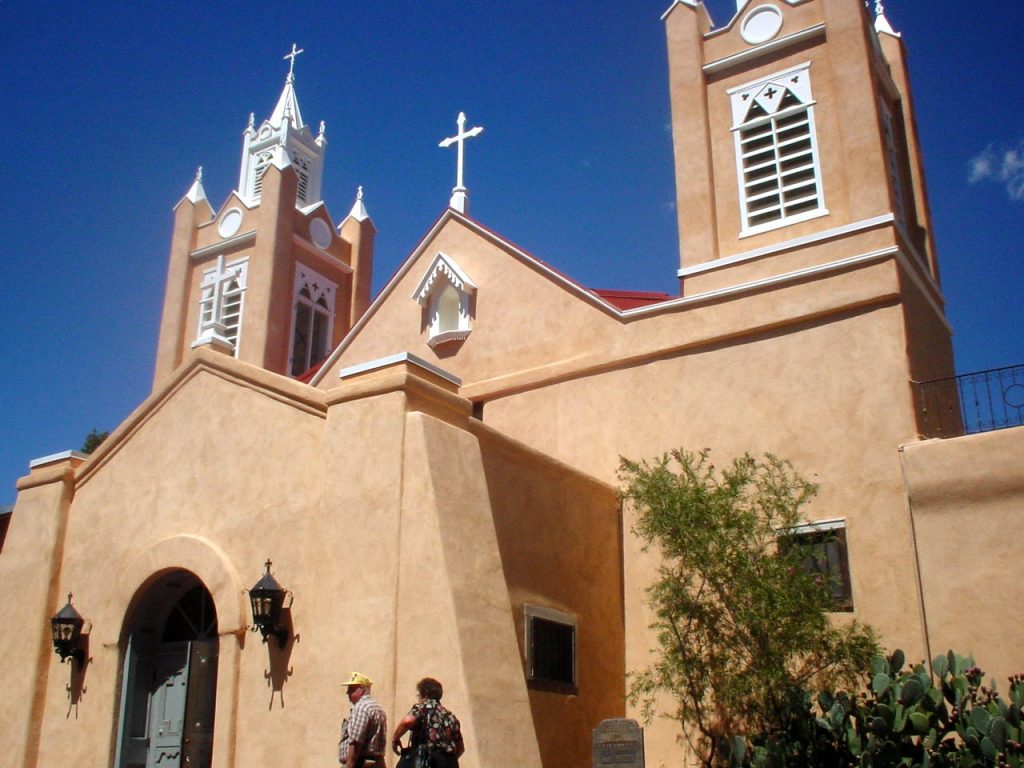
Since the settlement of Old Town, San Felipe De Neri Church has been its heart. The current church was built in 1793 after the destruction of the original and remains a pillar of the community.
“The church is important because it was the social center and religious space for the City of Albuquerque. What a lot of people don’t realize is the church is still used as a community spiritual space” Sisneros said.
“The interesting thing about the plaza in Old Town, and the San Felipe church, (is) that there’s continuance of social life. Continuance from the colonial period to the present with their fiestas, with certain religious celebrations that take place there. It’s not just a place for tourism, it’s a place for community use. ”
1. Gutierrez-Hubbell House
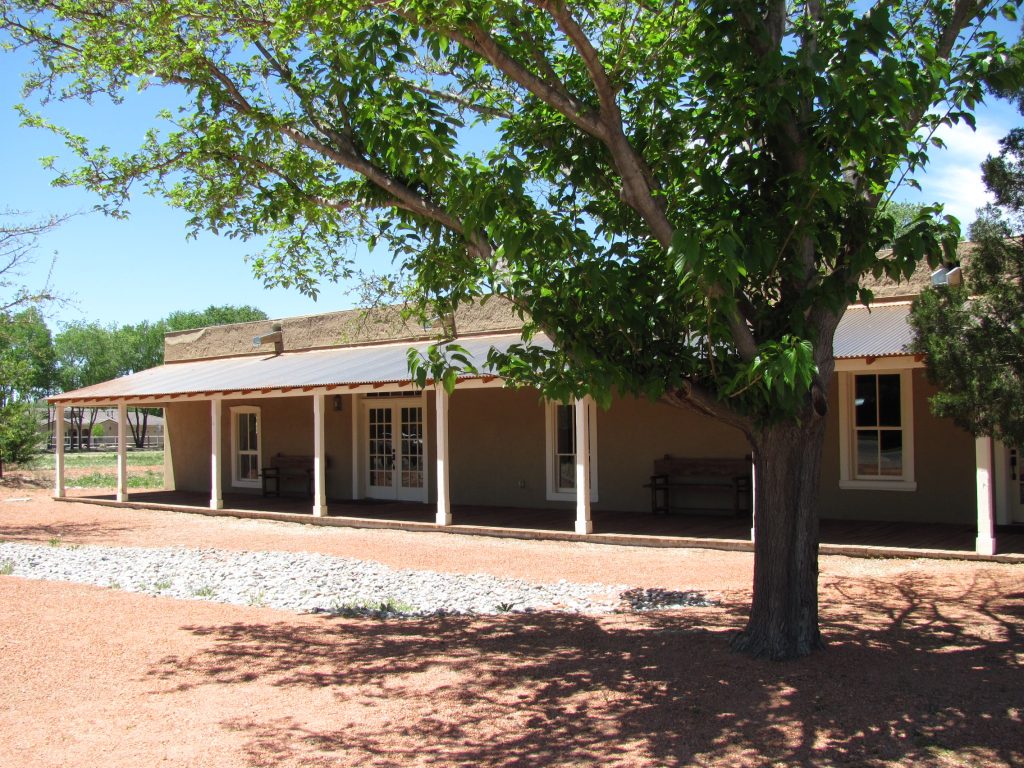
The Gutierrez-Hubbell House is located on Isleta Street near the community of Pajarito.
It is a refurbished colonial house originally built around 1850. It was built on the estate owned by the Gutierrez-Baca family. They were among the first settlers and very successful farmers, which made them a very important colonial family in the Pajarito area. After U.S. military occupation of New Mexico during the events leading to the Mexican-American War, James Hubble came into the area and married a member of the family, Julianna Gutierrez, in the late 1840s. The family built a post office, a store, and provided employment for Pajarito residents making it an economic base. Family descendants still live in the South Valley area today.
“It’s a great site. It celebrates the joining of an Anglo man with a native New Mexican women. It also celebrates the colonial history of the area which is very well connected to Albuquerque and right now it’s incorporated into the city of Albuquerque,” Sisneros said.